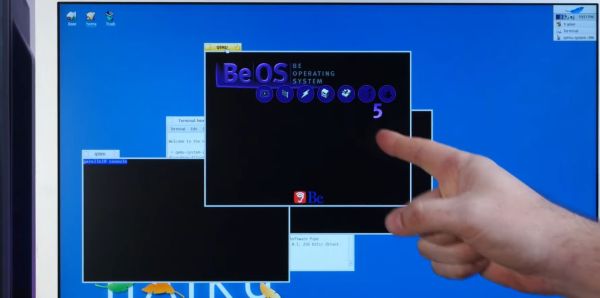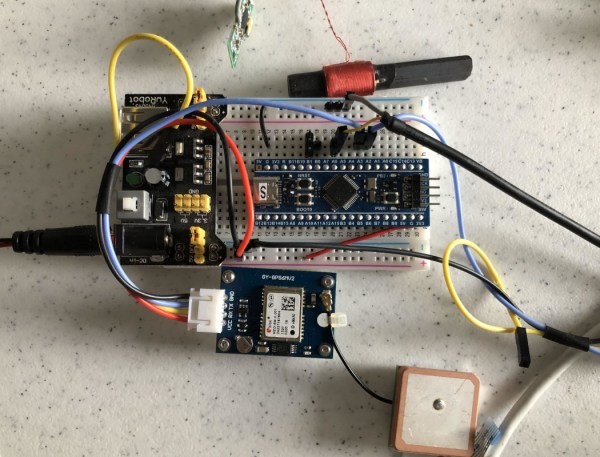Haiku is one of those open source operating systems that seem to be both exceedingly well-known while flying completely under the radar. Part of this is probably due to it being an open source version and continuation of the Be Operating System (BeOS). Despite its strong feature set in the 1990s, BeOS never got much love in the wider computer market. Nevertheless, it has a strong community that after twenty-two years of development has now reached a point where you can daily drive it, according to the [Action Retro] channel on YouTube.
One point where Haiku definitely scores points is with the super-fast installation and boot. [Action Retro] demonstrates this on real hardware, and we can confirm that it boots very fast in VirtualBox on a low-end Intel N100-based host system as well. With the recently introduced QtWebEngine-based Falkon browser (formerly known as QupZilla) even JavaScript-heavy sites like YouTube and retro Mac emulators work well. You can even get a Minecraft client for Haiku.
Although [Action Retro] notes that 3D acceleration is still a work-in-progress for Haiku, his 2014-era AMD system smoothly played back 1080p YouTube videos. Although not addressed in the video, Haiku is relatively easy to port existing software to, as it is POSIX-compatible. There is a relatively modern GCC 11.2 compiler in the Beta 4 release from 2022, backed up by solid API documentation. Who doesn’t want to take a poke at a modern take on the OS that nearly became MacOS?
Continue reading “Haiku OS: The Open Source BeOS You Can Daily Drive In 2024”

















